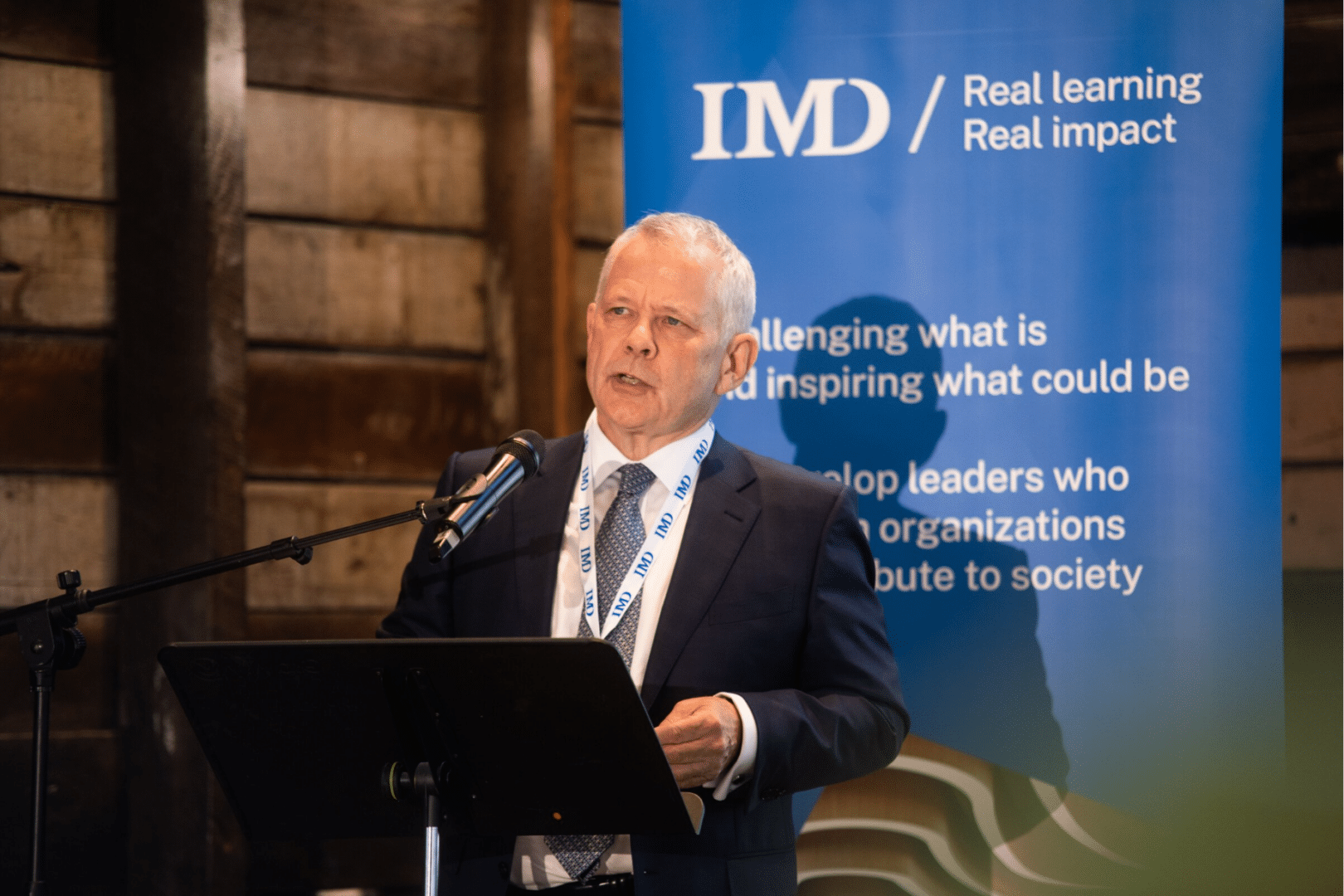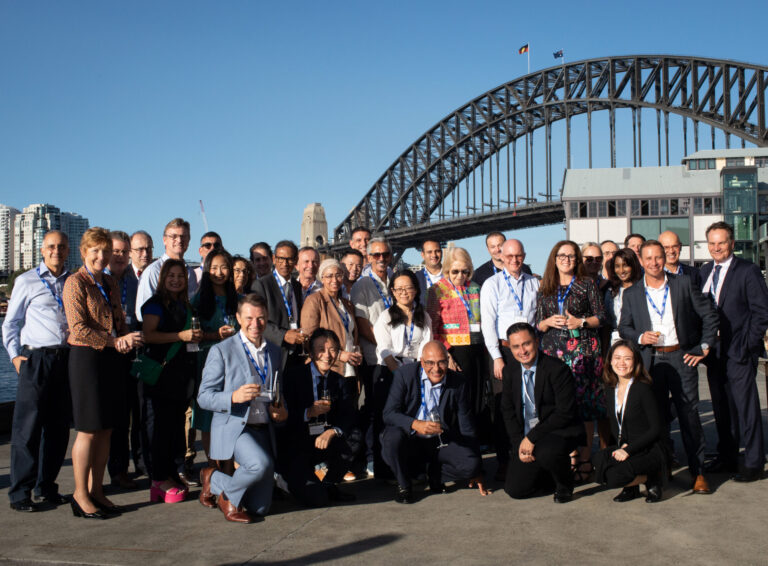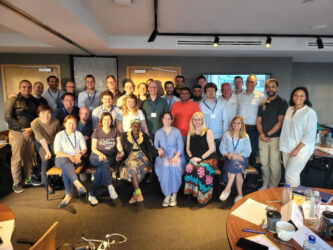
National Australia Bank (NAB) Chair Phil Chronican sees opportunities for legacy organizations as they transform their businesses, and believes digital, sustainability, and talent transformations are closely related.
“When we talk about issues like ESG, talent management, or digital transformation, they might seem separate,” he said. “But in reality, they have large areas of overlap and it’s then your job as an executive to ensure that they are aligned, and not misaligned.”
Leverage data for the customer’s benefit
Chronican, who has over 40 years’ experience in transformation, strategy, and business performance in the banking and financial services sectors, has been overseeing NAB’s investments in digital transformation as the bank strives to meet customer demands, increase digital delivery, and use data analytics in its core processes. He has been particularly focused on digitizing the whole experience to give customers instantaneous responses to their requests, and then seeking to surpass their expectations. “You need to spot moments in consumers’ lives when they need something, and then present them with a solution to their problem in a way that delights them,” Chronican explained. “We have been learning how to do this better. To do that, we have been working on getting the right data and using analytics to leverage them for customers’ benefit.”
Digitizing emissions and sustainability tracking
“Collecting data and analyzing it properly sits at the very core of sustainability transformation,” echoed Karl Schmedders, Professor of Finance at IMD, who also spoke at the event, drawing a connection between digital and sustainability transformation.
Consider, for example, Scope 3 carbon emissions, those emitted by a company’s suppliers in producing the materials needed, and those emitted by customers when they use the company’s products. Historically, Schmedders says, these metrics have been hard to measure – but with advancements in digital technologies it’s getting much easier. Capturing these emissions will be key to meeting the requirements of the International Sustainability Standards Board, which asks that Scope 3 emissions are incorporated into accounting standards in the coming years.
“You need to spot moments in consumers’ lives when they need something, and then present them with a solution to their problem in a way that delights them”
– Phil Chronican
“However, to make sure digital tools are used to help us with sustainability transformation, we need to get incentives right,” he added, underscoring Chronican’s key point about leaders being responsible for aligning the two transformations. “Sustainability transformations take time and investment, which can reduce firm profitability in the short term, as they are seeking to reach long-term carbon emissions targets.”
But corporate leaders hardly ever lead organizations for more than five to seven years and get rewarded on their results here and now – not in 2050 when the goals are supposed to be reached. In such an environment, asked Schmedders, how do you define fiduciary duty for the top executives to drive sustainable transformation? “Does your organization provide the right KPIs to drive it and integrate it with digital transformation? If not, you might have a big problem,” he warned.
A sustainable transformation as a differentiator for talent
Building on the integration of digital transformation and sustainability, Chronican added a set of important interactions between sustainability and talent. “The best talent out there wants to know what their employer stands for,” he explained. “They do not want to be associated with a company that has no respect for the environment or fails to endorse social justice movements. Instead, they want to see the company take sustainable transformation seriously, show support for historically marginalized communities, and celebrate a diverse workforce – in every sense of the word.”

Schmedders broadened the lens by drawing more connections to digital transformation. “You will certainly need this top talent to help you with your digital transformation. As you focus on digital transformation, they will ask: ‘Are you taking data ethics seriously? Are you using appropriate data, and are you using it appropriately, with sufficient consumer consent?'” he said. If not, he added, companies risk alienating the top talent, customers, and the community at large, which will then in turn undermine their transformation efforts.
Connections and departures
As connected as these transformations are, Piskorski emphasized that we cannot ignore substantial differences between them. “Digital and talent transformation yield concrete results for organizations fast, so organizations are quite eager to embrace them,” he explained. “But this is not always the case for sustainability. Here, in many cases, what’s good for the world is good for the company, but in other cases it is not. Using impetus from digital and talent transformation to resolve this trade-off is at the heart of what leaders need to do now.”
Chronican echoed this sentiment, adding, “Our targets don’t come from a position of altruism or from a moralistic viewpoint. They simply reflect the commercial reality of what it’s going to take for this economy to follow the imperative of Net Zero by the middle of the century.
“When you’re choosing the environmental, social, and governance issues to address, you should really focus on those that will have the highest impact on the health of their own business and the impact on the environment it operates. For NAB, this means not funding lethal firearms, tobacco, or hazardous chemicals, scaling back the bank’s exposure to high emitters, and helping customers change their operations to meet their emissions reduction targets.”


